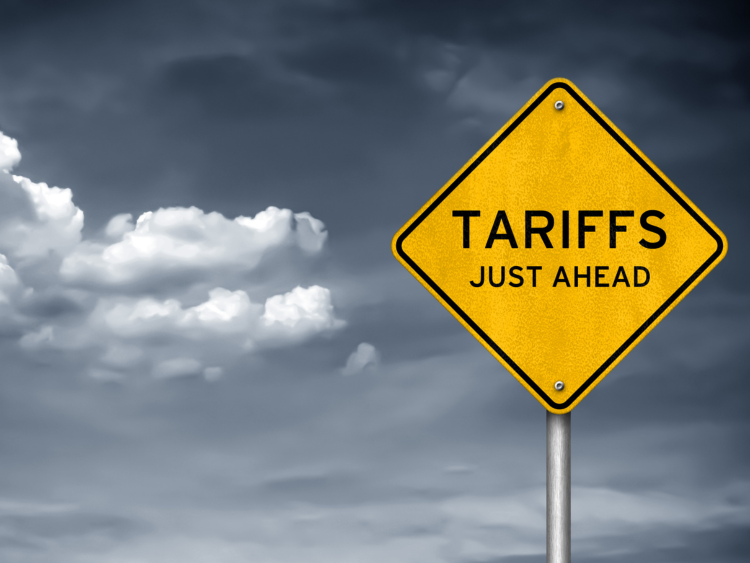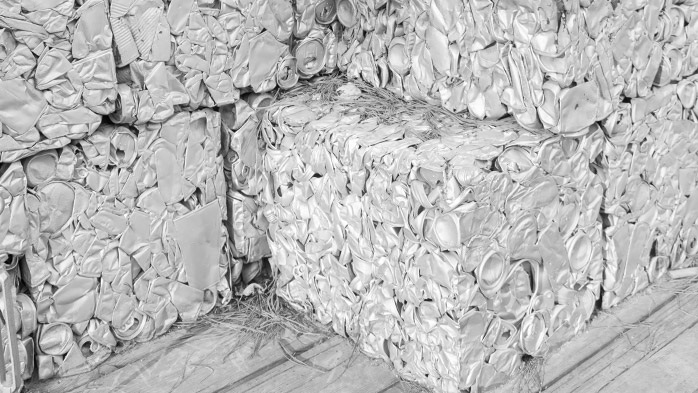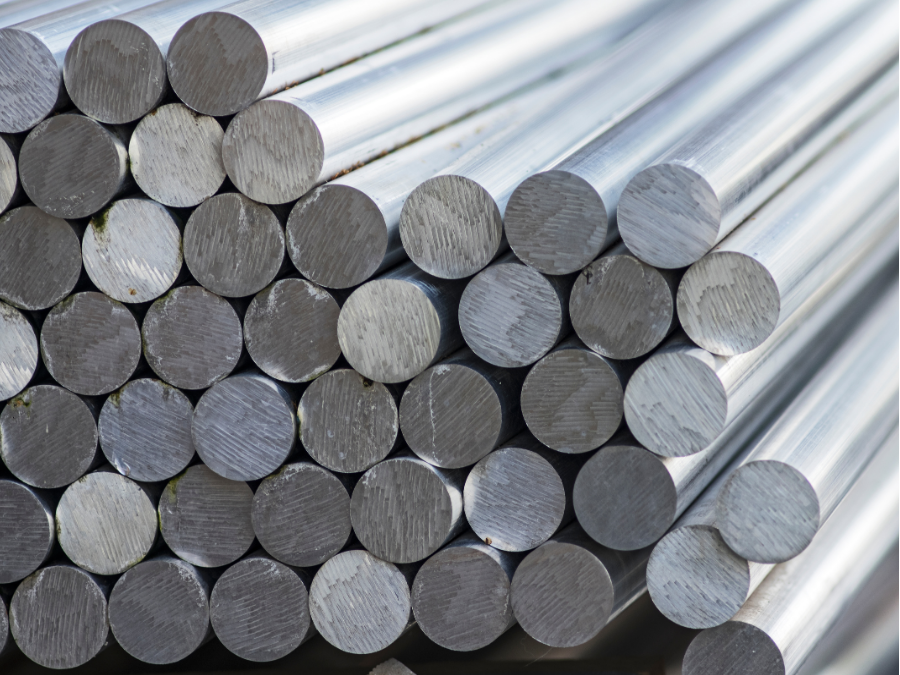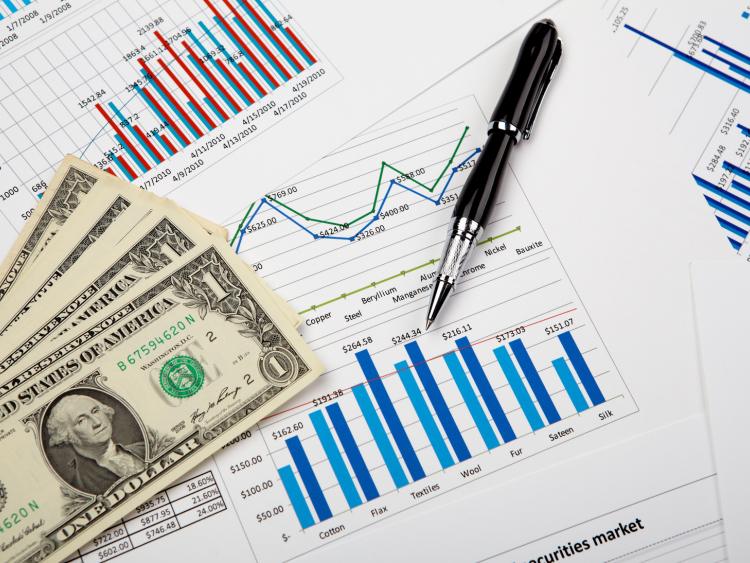Export Growth

August 18, 2025
Is there a path forward for a U.S.-Canada aluminum deal? Part 1.
Written by Greg Wittbecker
There are no finite developments on a U.S.-Canadian trade deal.
As it stands today, Canada faces 35% duties on its non-steel and aluminum exports to the U.S. and is still paying the broad 50% Section 232 duties on those products.
The lack of progress on aluminum concessions is frustrating to people on both sides of the border given the precedent of concessions in crude oil and potash.
Both crude oil and potash were given tariffs of 10%. The rationale behind both was that the supply of Canadian crude was of vital importance to U.S. refineries that were geared to refine the heavy Canadian crudes coming from Alberta. A higher tariff on that crude would have raised costs to Midwest industrial and retail consumers of refined products. The refining industry successfully lobbied for relief.
Potash is a critical fertilizer for American farmers. U.S. production of potash is concentrated in Carlsbad, New Mexico, and Canada is the major supplier of this mineral. The farm lobby also successfully argued for relief.
So, the question is, Why hasn’t aluminum fared equally?
Legacy exemption, domestic producer and downstream lobbying
There is an element in the market that says the Canadians had a sweetheart deal under the original Section 232 tariffs and need to pay their share now.
Canada’s exemption from the 10% Section 232 tariff enacted in March 2018 was financially attractive to them. While being exempt from the duty, Canada enjoyed the fact that the U.S. market continued to price based upon seaborne replacement on which 10% duties were being placed. This meant Canada picked up the 10% – some would say as a “windfall profit.” I would say it was a reward for being the largest, most reliable supplier to the U.S.
The Trump administration sees that exemption as accruing an unfair advantage to Canada and arguments put forth by Century Aluminum have reenforced that view. Century has done a masterful job of lobbying for Section 232. Their management is paid to protect and enhance their U.S. assets and Section 232 safeguard tariffs have been financially rewarding for them.
The Aluminum Association (AA), representing the downstream aluminum sector, has done a solid job of arguing for Canada deserving favorable treatment for its exports to the U.S. The AA has pointed out the importance of Canadian primary metal to its members, the jobs they support, and the indirect economic impact. However, these arguments don’t seem to have resonated inside the administration.
What changes the attitude toward Canada?
The Trump administration says job creation is a priority. Things like Century Aluminum’s plan to restart of its Mt. Holly South Carolina smelter and EGA’s announced greenfield smelter in Oklahoma are welcome news.
Equally important, however, there should be potential job losses caused by the effect of the aluminum tariffs. General Motors and Ford have announced some staggered quarterly losses, and the two companies have said they could lose upwards of $7 billion in 2025.
Not all of this is related directly to the effects of the 50% aluminum and steel tariffs, but it is a big share of it. Losses of this magnitude are unsustainable.
At some points, the voices of Big Auto will get louder inside the Beltway and argue that relief is needed for steel and aluminum coming from Canada.
What does a good deal look like for Canada?
Canada is not naïve. They know that the likelihood of getting a complete exemption for aluminum is unlikely. They will probably argue for aluminum to be treated the same as crude oil and potash. Canada can easily say aluminum is just as important as these commodities to the economic stability of the U.S. The challenge for the Canadian negotiating team is determining what exactly the U.S. really wants from Canada.
Critical minerals are high on the U.S. national security agenda and Canada has plenty of them. We can speculate the U.S. will ask for a long-term supply agreement on these minerals at attractive discounts to market. However, these Canadian minerals are controlled by the private sectors and the Canadian Federal Government can not simply cede commercial discounts to the U.S. without the support of the Canadian private sector. Getting alignment with the critical minerals sector will be key here.
A core element of any deal for Canada is that Canada be given a competitive advantage vis-à-vis its seaborne competitors into the U.S. Canada can and will argue its long-term track record of reliable, nearby supply earns it that advantage. It all comes down to how much. They should ask for the 10% rate that crude oil and potash have. Aluminum is just as important. If I had to handicap things today, I would say achieving a 25% tariff rate would be considered a win. One thing that seems totally off the table as a negotiating point is any form of quota. Canada sees quotas as managed trade flow and simply won’t accept it. Argentina and Australia agreed to such quotas under the original Section 232 in exchange for exemption. It has gotten them no goodwill under the current regime, and Canada sees zero point in opening that can of worms.
Time is on Canada’s side
Although Canada has been whipsawed by tariffs (going from earning a 10% windfall to paying 50%), Canada is in no rush to make a bad deal. The U.S. Midwest aluminum premium has moved into the $0.70-$0.72 per pound range over LME cash. Full replacement is $0.75 so the market is slowly but surely getting Canadian metal back to at least a breakeven point on imports on ingot.
Spot offers of value-added products are being marked up to cover the incremental effect of the tariff on those products’ upcharge over Midwest. Early speculation on 2026 value-added upcharges is that prices are going up sharply. We hear $0.10 on billet with foundry alloys keeping pace.
Canadian aluminum producers are executing alternative commercial plans to sell FOB to the physical traders to preserve cash flows. They are also exporting more to the EU.
The EU market is going to get even better for Canada come Jan. 1, when the Carbon Border Adjustment Mechanism (CBAM) kicks in. The initial plan for CBAM is to tax only Scope 1 direct emissions and a threshold of 1.46 tons of CO2 per ton of production is the benchmark. Canada is below this and they won’t face taxation. Other imports may not fare as well, and estimates are that EU “carbon duty paid” premiums will rise $30-$40. This increase will accrue to the Canadians.
Why this matters
There is naturally frustration in Canada and amongst U.S. buyers of Midwest premiums that a deal has not been cut. We suspect the Trump administration is still focused on getting the EU27 deal finalized. Now that China has gotten another 90-day extension, Canada may become a priority again.
We also believe that the voices of the major end users such as auto and beverage will get louder before the year’s end.
There’s a deal to be done, but it will need to be a sensible deal for Canada.







